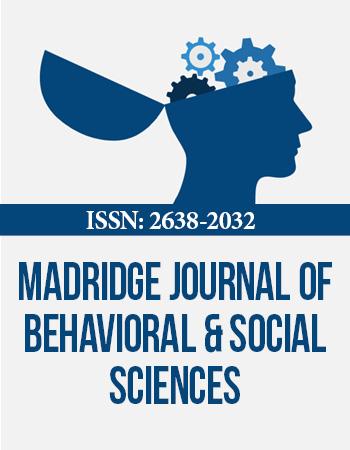International Conference on Alzheimerʼs Disease & Associated Disorders
May 7-9, 2018 Rome, Italy
Tau Protein in Oral Mucosa and Cognitive State: A Cross-Sectional Study
1Departamento de Bioquímica, Facultad de Medicina, Universidad Autónoma de San Luis Potosí, Mexico
2Clínica de Diagnóstico, Facultad de Estomatología, Universidad Autonóma de San Luis Potosi, Mexico
3Departamento de Neurología, Hospital “Ignacio Morones Prieto”, Mexico
4University of Central Florida College of Medicine, USA
5Laboratorio de InmunologíaBiologiaCelulary Molecular, Facultad de CienciasQuímicas, Universidad Autónoma de San Luis Potosi, Mexico
6Centro de InvestigaciónenCiencias de la Salud y Biomedicina, Universidad Autónoma de San Luis Potosí, Mexico
Neurodegenerative diseases are characterized by the presence of abnormal aggregates of proteins in brain tissue. Among them, the presence of aggregates of phosphorylated Tau protein (p-Tau) is the hallmark of Alzheimerʼs disease (AD) and other major neuro-degenerative disorders such as corticobasal degeneration and frontotemporal dementia among others. Although Tau protein has previously been assumed to be exclusive to the central nervous system, it is also found in peripheral tissues. The purpose of this study was to determine whether there is a differential Tau expression in oral mucosa cells according to cognitive impairment. Eighty-one subjects were enrolled in the study and classified per Mini-Mental State Examination test score into control, mild cognitive impairment (MCI), and severe cognitive impairment (SCI) groups. Immunocytochemistry and immunofluorescence revealed the presence of Tau and four p-Tau forms in the cytoplasm and nucleus of oral mucosa cells. More positivity was present in subjects with cognitive impairment than in control subjects, both in the nucleus and cytoplasm, in a speckle pattern. The mRNA expression of Tau by quantitative real-time polymerase chain reaction was higher in SCI as compared with the control group (P <0.01). A significantly higher percentage of immunopositive cells in the SCI group was found via flow cytometry in comparison to controls and the MCI group (P <0.01). These findings demonstrate the higher presence of p-Tau and Tau transcript in the oral mucosa of cognitively impaired subjects when compared with healthy subjects. The feasibility of p-Tau quantification by flow cytometry supports the prospective analysis of oral mucosa as a support tool for screening of proteinopathies in cognitively impaired patients.
Keywords: tau protein, dementia, neurodegenerative diseases, alzheimer disease, oral mucosa cells


